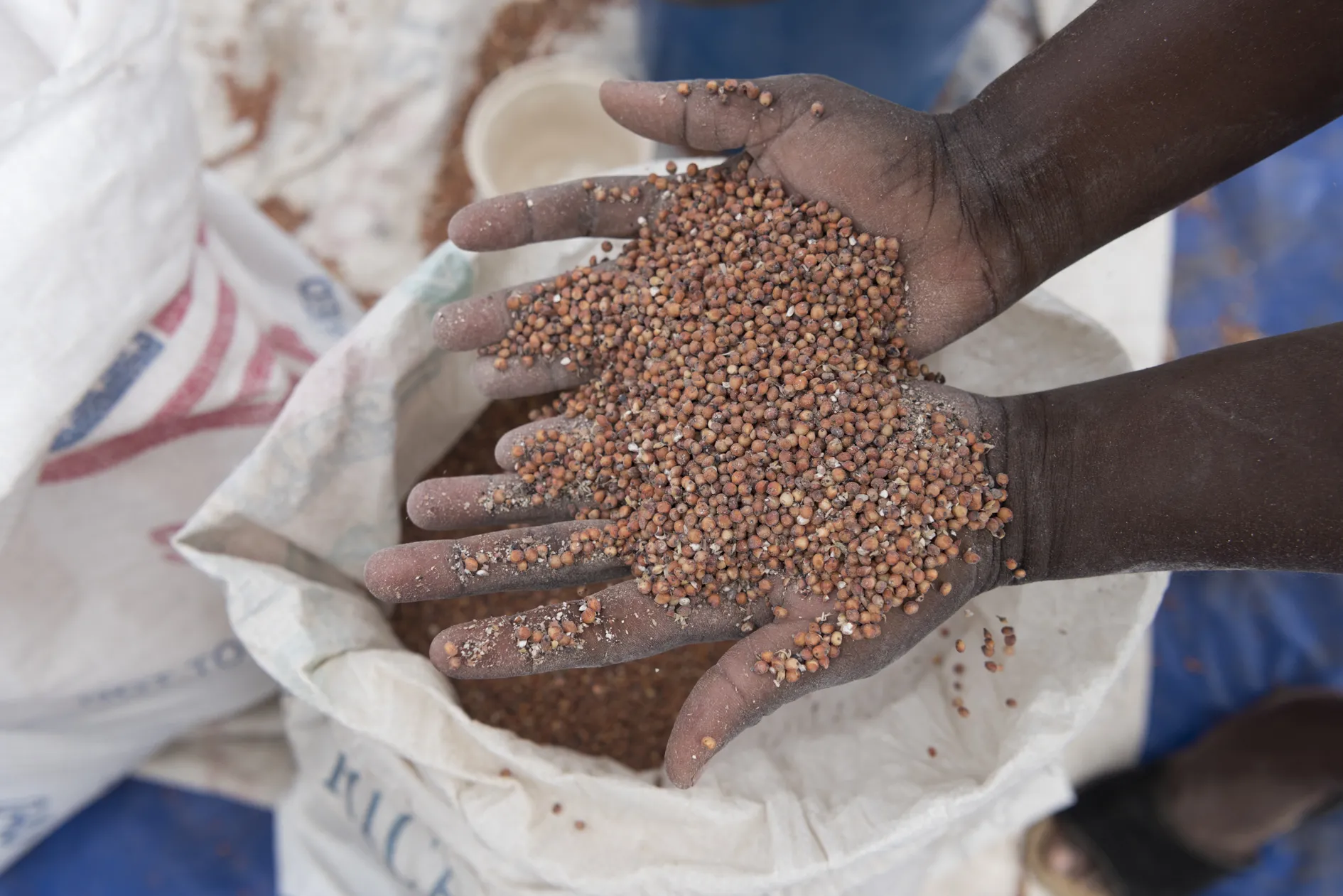(Nairobi, March 22, 2022) As the conflict in Ukraine continues, thousands of kilometers away, communities in Africa are feeling the ripple effects. Across the East, Central, and Southern Africa Region, ordinary citizens are experiencing the initial effects even as indicators, and analysts, point to even more adverse repercussions hitting the region within the next six months.
In Kenya, citizens took to social media, under the hashtag #LowerFoodPrices, to vent their frustrations. In response to this, the government reverted indicating that the rising cost was a result of the conflict. While in DRC, inflation of oil, petrol, and gas prices has led to an increase in transport costs for both people and foodstuffs and this threatens CARE’s ongoing projects if the conflict is long-drawn-out.
Somalia is currently in the grips of a worsening drought and the conflict in Ukraine makes the situation even more dire. The price of wheat and oil has already risen by 300%. Iman Abdullahi, CARE Somalia Country Director said, “Over 90 percent of wheat supplies in Somalia comes from Russia and Ukraine. Thousands of people have already been displaced and have sort refuge in IDP camps, to get food. With the supply chain interrupted, we are concerned about what will happen when current supplies run out. We are already seeing an increase in the number of hungry and malnourished women and children arriving at the fixed health facilities and mobile teams we are operating in.”
In Democratic Republic of the Congo, which is still the world’s largest food crisis in the world, the conflict in Ukraine is already being felt. Steve de Klerk, CARE DRC Interim Country Director said, “We are witnessing a dramatic increase in inflation of prices, particularly of oil and petrol and as a result transport and foodstuffs. In some areas, there has been a 100 percent increase in fuel while cooking oil has increased by 33% between January and Mid-March 2022. We expect this to impact both our project participants as well as staff if the situation persists. We are particularly concerned for the vulnerable as we know three-quarters of the people in DRC live below $1.90 a day.”
In Kenya, several parts of the country are experiencing drought and some communities depend on food being trucked to them. The conflict in Ukraine has impacted the already high cost of fuel which has gone up for the first time in 5 months. Maureen Miruka, CARE Kenya Country Director said, “On 15th March the cost of fuel increased by 4 percent. This has already translated to an increase in the prices of commodities on the shelves. There has also been an increase of 48 percent in gas which is used by most people in cooking. Farming, which employs 40 percent of the country, depends on fertilizer imported from Russia.
The Ministry of Agriculture has reported that the already increasing prices could go up by 70 percent even as farmers are now preparing for the planting season. In a country that is still reeling from the effects of the COVID-19 lockdowns, people are worried about what the future holds. As this is an election year in Kenya, we are concerned about the continued increase in the cost of living and the knock-on effects it will have on the communities we work in.
Women stand to be affected the most. Whenever incomes in homes are negatively impacted, we have always noted an increase in gender-based violence against women. A continued increase in the above costs will have ramifications on the quantity and quality of food available to families- as this affects women and girls more.”
For More Information:
Dorissa White
CARE Junior Press Officer
Dorissa.white@care.org

